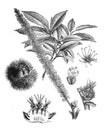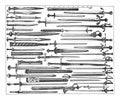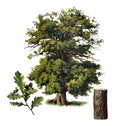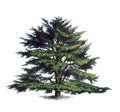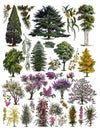Find results that contain all of your keywords. Content filter is on.
Search will return best illustrations, stock vectors and clipart.
Choose orientation:
Make it so!
You have chosen to exclude "" from your results.
Choose orientation:
Explore cartoons & images using related keywords:
fly
housefly
bug
insect
metamorphosis
zoology
world
vintage textbook retro picture old nature natural image illustration history heritage graphic forest engraving engraved drawing culture cultural creature books book artwork archival antiquity antique animals animal ancient aged 19thAntique Engraved Illustration Of The Housefly Musca Domestica Metamorphosis. Vintage Illustration Of The Housefly Musca
Designed by
Title
Antique engraved illustration of the housefly Musca domestica metamorphosis. Vintage illustration of the housefly Musca #262078344
Description





